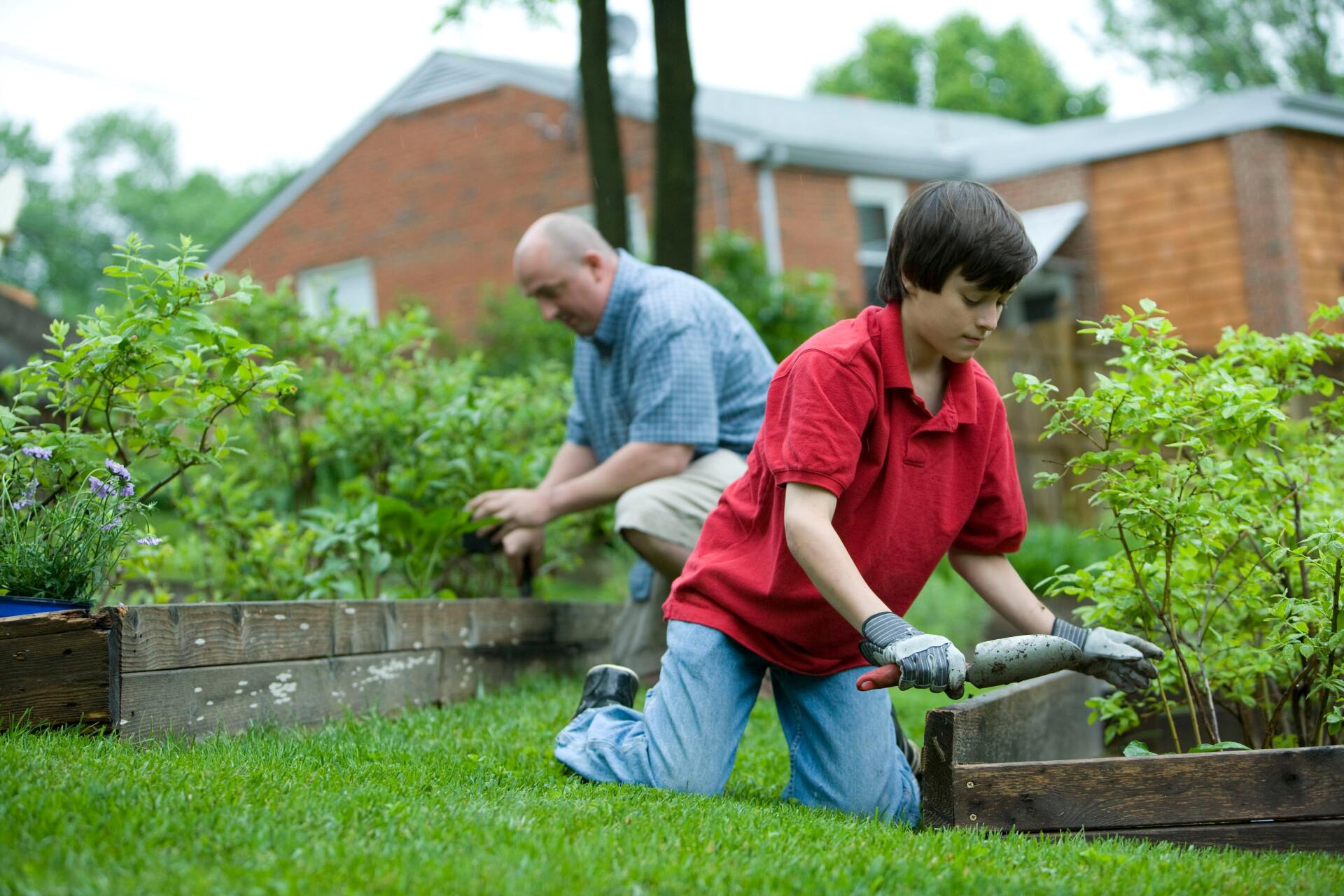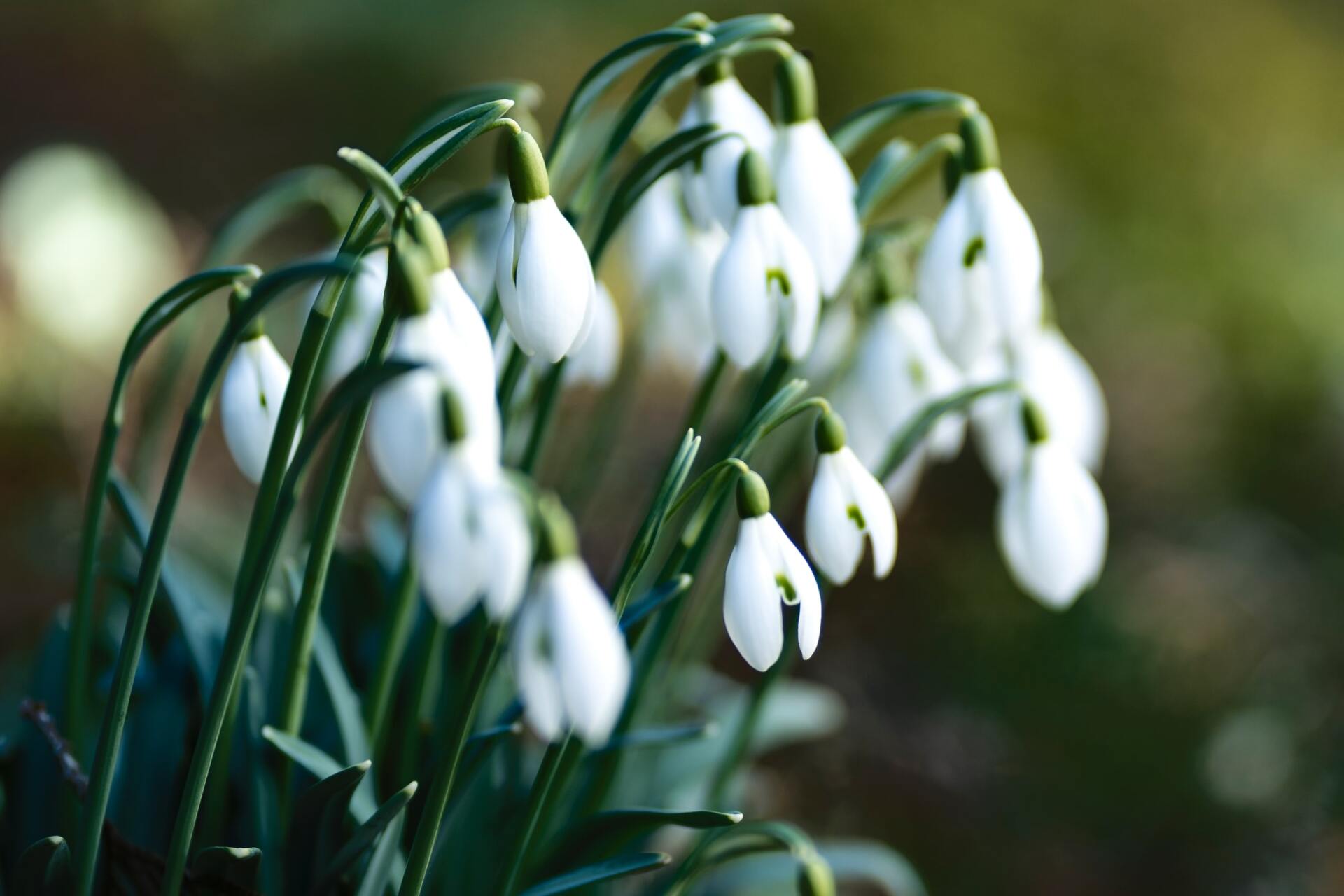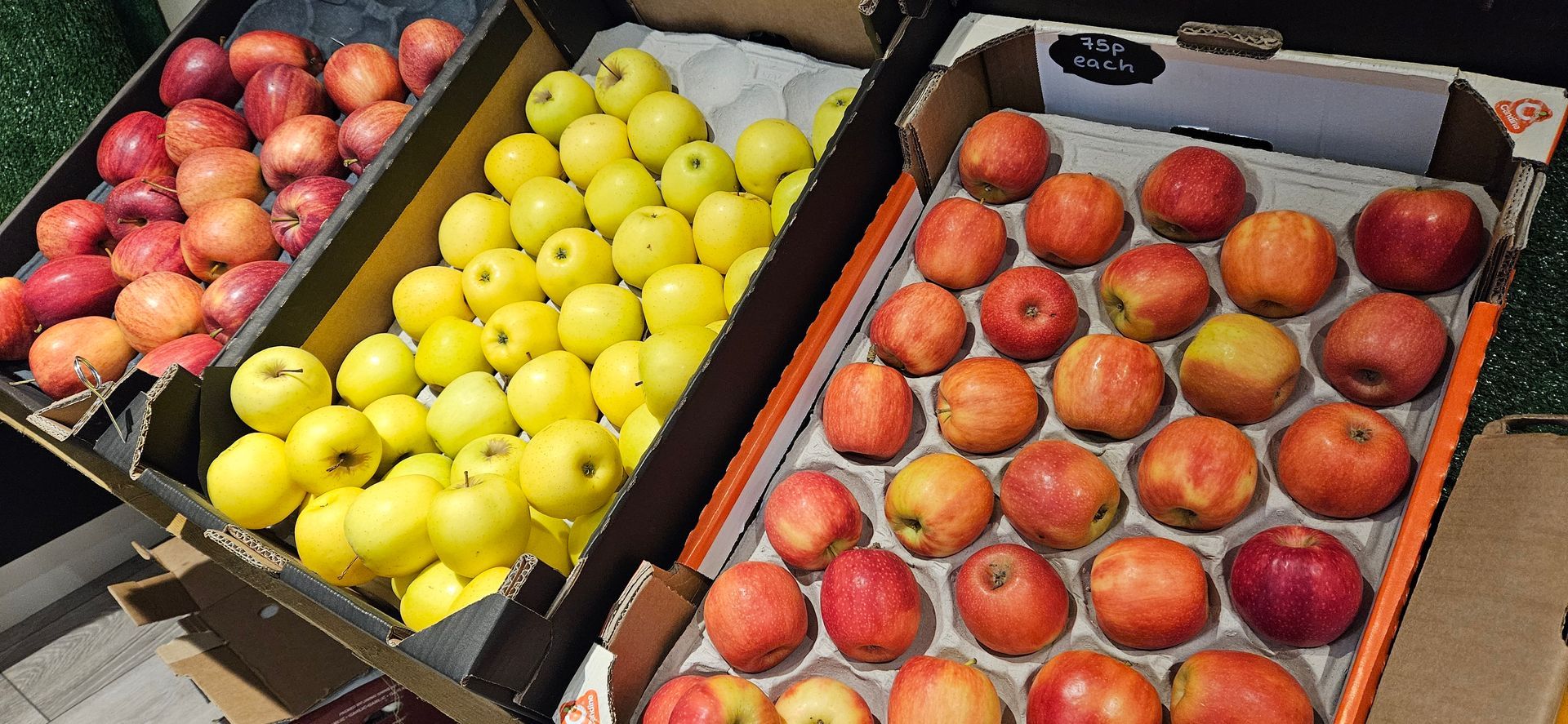My March Garden
Lisa Hunter • March 9, 2021
By mid-March, we’re ready to welcome the start of spring — a hopeful, happy time for us gardeners. There’s lots to be done outside, now the slower winter months have passed.
Read about this month sowing and growing tasks here or find what other gardening jobs there are to do in March:
This month’s timely tips are all about getting a head start in the garden.
- Fertilise your beds. Once your soil is workable, dig a 5cm (or more) layer of compost or well-rotted manure into your beds to prepare for the growing season ahead. You can also work in a general-purpose fertiliser, such as pelleted chicken manure, or fish, blood and bone.
- Put supports in. If any of your garden plants need supporting this year, put them in now, so plants can grow up through them. Adding supports afterwards is trickier and often looks unattractive.
- Move deciduous trees or shrubs. Now is the time to do this task, provided the soil isn’t frozen or waterlogged.
- Resurface paths before plants start to grow and smother them.
Here are your main tasks in the flower garden this month:
- Feed trees, shrubs and hedges with a slow-release fertiliser by lightly forking it into the soil surface.
- Feed roses with special rose feed or balanced fertiliser as they come into growth.
- Prune roses now to encourage strong new growth - follow our guide on how to prune roses for guidance.
- Prune clematis - prune early-flowering varieties once their flowers have finished and summer-flowering ones before they start into active growth. Check our clematis pruning guide for more detailed instructions.
- Finish cutting back shrubs grown for their colourful winter stems. Cut them right back to their bases to encourage new stem growth for next winter.
- Finish cutting back dead foliage from perennials and ornamental grasses to make way for new growth.
- Prune overwintered fuchsias back to one or two buds on each shoot. This will encourage a bushy growth habit.
- Prune winter-flowering jasmine and heathers after flowering, to encourage new growth for next year's blooms.
- Keep an eye out for slugs as the weather warms. Pay special attention to soft, new growth, which slugs love. Use nematodes for an effective organic control. Read our helpful guide on how to beat the slugs for more advice.
- Continue to deadhead winter pansies to stop them setting seed. This will encourage flushes of new flowers throughout the spring.
- Deadhead daffodils as the flowers finish and let the foliage die back naturally.
- Deadhead hydrangeas before new growth appears. Cut to about one third of last season's growth.
Here are your vegetable garden jobs for this month:
- Dig in green manures grown over the winter. Do this while stems are still soft.
- Dig compost, well-rotted manure or green waste into your vegetable beds to prepare for the growing season ahead. Dig in a 5cm (or more) layer when the soil becomes workable. Weed vegetable seed beds before adding the layer.
- Cover prepared soil with sheets of black plastic to keep it drier and warmer in preparation for planting.
- Weed and mulch asparagus beds. Asparagus has shallow roots so weed by hand to prevent damage.
Trim, feed and protect plants in the fruit garden:
- Cut autumn-fruiting raspberry canes to the ground to stimulate new canes, which will fruit in the autumn. Cut the tips of summer-fruiting raspberry canes that have grown beyond the top of their supports; cut just above a bud.
- Feed blueberry plants with ericaceous plant fertiliser.
- Protect the blossoms of apricots, peaches and nectarines from frost with a screen or horticultural fleece.
- Mulch fruit trees with well-rotted manure or garden compost. Take care not to mound mulch up around tree trunks.
- Cover strawberries with a cloche to encourage earlier fruiting.
- Mulch rhubarb with a thick layer of well-rotted manure to keep it healthy and reduce moisture loss through the soil. Take care not to cover the crown, as this is where the growth happens.
Here's how to look after your lawn this March:
- Recut any lawn edges if necessary.
- Install lawn edging to make future maintenance easier.
- Mow your lawn if it needs it. Choose a dry day and set your blades higher than usual.
- Lay new turf if the ground isn't frozen or waterlogged.
- Prepare soil for growing new lawn from seed. Doing this now allows it time to settle before sowing.
From your armchair
- Order annual bedding plants now, ready for beautiful containers and hanging baskets this year.
- Order fruit trees for planting this spring. If space is limited in your garden try growing dwarf fruit trees.
- Buy vegetable plants for a hassle-free start to your vegetable garden.
- Sort your seeds by sowing date, month by month. Start a sowing and growing diary to keep track of which seeds you are sowing and when they were sown — it really helps later in the year.
For more advice, tips and to order your plants, vegetable seeds and shrubs, visit Moss End Garden Village today and we’d be only too happy to help.








